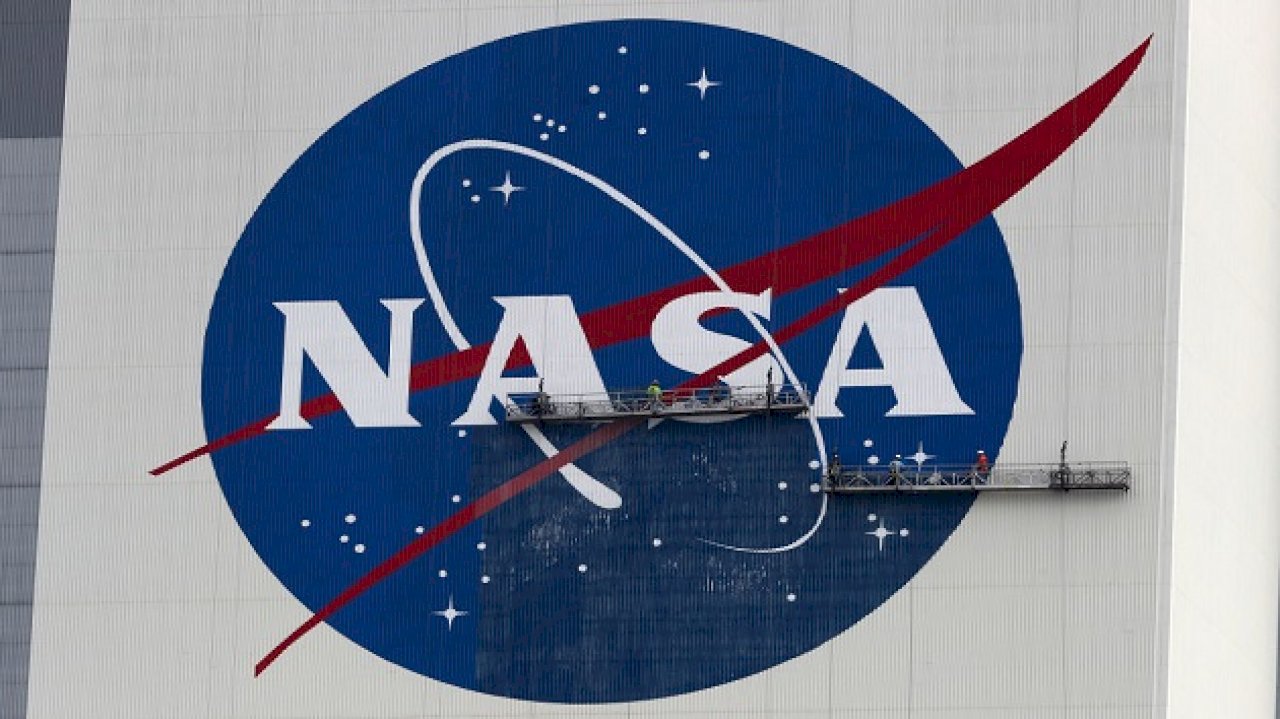(NEW YORK) — A recent astronomical discovery from NASA’s James Webb telescope left researchers amazed and led to the announcement that a long-studied star is actually a pair of twins.
The agency reported that a star called WL 20S — which has been studied since the 1970s by at least five different telescopes — is a matching star duo that formed between two and four million years ago.
Researchers analyzed images from the James Webb Space Telescope’s Mid-Infrared Instrument (MIRI), which offers “spatial and spectral resolution,” according to NASA.
“Our jaws dropped,” astronomer Mary Barsony, lead author of the paper announcing the results, said in a June 13 press release. “After studying this source for decades, we thought we knew it pretty well. But without MIRI we would not have known this was two stars or that these jets existed. That’s really astonishing. It’s like having brand new eyes.”
The newly discovered twins both emit jets of gas from their north and south poles and are among a group of stars called WL 20, according to NASA.
Further observation of the twin stars came from the Atacama Large Millimeter/submillimeter Array (ALMA), a group of more than 60 radio antennas, located in Chile.
The ALMA showed the stars are encircled by disks of dust and gas, leading researchers to hypothesize the possibility that “planets are forming in those disks,” according to the release.
“The power of these two telescopes together is really incredible,” Mike Ressler, project scientist for MIRI at NASA’s Jet Propulsion Laboratory and co-author of the new study, said in the release. “If we hadn’t seen that these were two stars, the ALMA results might have just looked like a single disk with a gap in the middle. Instead, we have new data about two stars that are clearly at a critical point in their lives, when the processes that formed them are petering out.”
The twin star discovery was presented at the 244th meeting of the American Astronomical Society on June 12, according to NASA.
Copyright © 2024, ABC Audio. All rights reserved.













